29 Jun Sensei of Sense: The Art and Goodwill of Thomas Sturgill
Nashville artist Thomas H. Sturgill never earned a black belt in karate.
In fact, his entire karate career consisted of a few lessons he took while in the fourth grade. Nonetheless, Thomas, now 40, owns many belts — white, yellow, green and other colors — signifying many ranks from the martial arts. He keeps them in his backyard studio, wound into a sphere a little bigger than a medicine ball.
“For a while I really got into the idea that I could buy things that other people had worked hard to earn,” he says. “But once I found a black belt, I was done. I had earned my black belt in buying karate belts.”
The ball of belts is just one example of art Thomas has been creating for years from objects that have been transformed in some way by human care, use or attention. Most of his materials are purchased at the Goodwill Outlet, which he visits several times each week, mining the piles of merchandise for inspiration.
Vintage thermoses, handmade wooden race cars, plastic baseball bats, Halloween masks and other odds and ends fill the shelves and nooks of his studio. Outside, three plastic tubs of items wait to be donated back to Goodwill.
On one wall are framed photos he took of some of the 60 basketballs he has acquired at Goodwill, each signed by their former owners — many clearly children who scrawled their names in Magic Marker, scuffed by countless bounces. Forty of the basketball photos, exhibited in a spectrum from bright orange to dark brown, appeared at Track 13 Gallery in Nashville as well as in Lake City, S.C., where they won the Best of Mixed Media Award at the 2019 ArtFields Competition.
Nearby, boxes brim with trophies and medallions awarded in sports ranging from high school track and field to middle school girls soccer to adult bowling leagues. Hundreds of the trophies were exhibited at the Whitdel Arts gallery in Detroit, Mich., and elsewhere. Each trophy bore Thomas’ name — stuck there using a DYMO label-maker — over the name of the original recipient.
“It’s kind of the cheapest, most obvious way to claim them as mine. My ownership of those things proves that I did those actions,” he explains with a wry smile.
Despite the joke, Thomas says it really is a bit affirming to see his name on all those trophies:
“It’s a feat going through that much stuff at Goodwill, and I’m oddly proud of that, I guess.”
Rocky Horton, Interim Director of the School of Art and Design at Lipscomb University, who organized a show for Thomas there in 2017, says the trophy display is a good primer in what makes Thomas’ art compelling.
“It’s so witty and slight and smart,” he explains. “When you first see it, there’s a sense of humor, but when you think about it, what does it mean to own something and treat it as precious? What does it mean to hold something as precious and then let it go? There’s real heart to these works.”
By combining used items and the content and context they possess, such as ownership, manipulation and achievement, Thomas allows his audience to discover new meanings, Rocky says. And Goodwill is the perfect palette.
“I think for Thomas, in particular, Goodwill is a repository of things once loved,” he adds. “In my own family’s use of Goodwill, we donate regularly, and these are often things our babies wore or that our children made. What I love is Thomas’ recognition that the objects in that store are not just any old objects — they are things that have relationships and history.”
Thomas was raised in Pound, Va., but studied at the University of Tennessee, earning a sculpture degree in 2002. He received a master of fine arts degree from Carnegie Mellon University and moved to Nashville that same year. Since then, he has taught art at Middle Tennessee State University while also showing his artwork domestically and internationally.
On a warm spring day, just before a downpour and with a lawn mower humming from a neighbor’s yard, Thomas spent an hour discussing his art and its connection to Goodwill. A bit more of that conversation, edited for brevity, follows:
Tell me about your Goodwill Outlet shopping strategy.
“I will usually walk around the aisles a few times with my hands around my back. I won’t touch anything until I’m ready to buy something. Then I kind of go through a surface layer and eventually I’m digging through items.”
Are you competing with other Goodwill shoppers for merchandise?
“Definitely not. I buy the things no one wants to buy. Most people are there to buy the valuable items and the functional items, and what’s left is the stuff that kind of connects us all — the general items we all have. I look for that tier. I’m thankful to have this opportunity. I don’t know where else I would be able to find these items.
Ever had anybody look at you funny at checkout?
“No. People buy weird stuff there.”
Are there other things that attract you to Goodwill?
“Buying things by the pound helps. I like getting lots of things cheap. But I also feel like there’s something interesting about the cyclical nature of Goodwill, where I can buy a bunch of stuff and then donate it back. And I can come again and again, and every day is different. It’s like this ever-evolving store.”
Is sustainability important to you?
“By shopping there, you are keeping things out of the landfill. But I like the idea that I can temporarily own something, photograph it or draw it and then give it back to someone else who might want it later on.”
Why do you make art?
“As a kid we would get what we called ‘making books’ out of the library. Like, how to make a caterpillar out of an egg crate or whatever. I always enjoyed making stuff, and this seemed like the career path that would let me do that.”
What do you think people experience when they look at your art?
“I like when things are confusing to me. I like things I have to investigate to understand, and I hope they have a similar response to that: intrigue, wonder, confusion.”
Does the art you choose to make come from some personal place?
Yeah, for sure. I’m exploring my personal visual culture: what I’m interested in visually, why I’m interested — trying to find commonalities between those things.”
What’s the weirdest thing you’ve ever found at Goodwill?
“The most valuable thing I ever found was a World War II paper insert for a helmet. That was weird. And I have some Italian marathon metals. And a CPR mask face (a replaceable face skin used for mouth-to-mouth resuscitation). But my favorite things are personalized notes written by eighth-graders — things they would pass back and forth in class. Those are fun to read.”
How were you introduced to Goodwill?
“I’ve always been thrifty. College probably is really where I started going to Goodwill. I think one of the prerequisites of being an art student is going to the thrift store.”
What new projects are you planning?
“I don’t know what I’m going to do at this point. As opposed to having a plan, I just go and find things that support an idea. The items I get from Goodwill totally inspire the art.”
THOMAS STURGILL STUDIO: GOODWILL ITEMS GALLERY
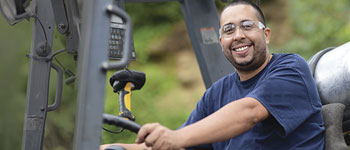
Goodwill Classes & Training |

GOODWILL CAREER SOLUTIONS |


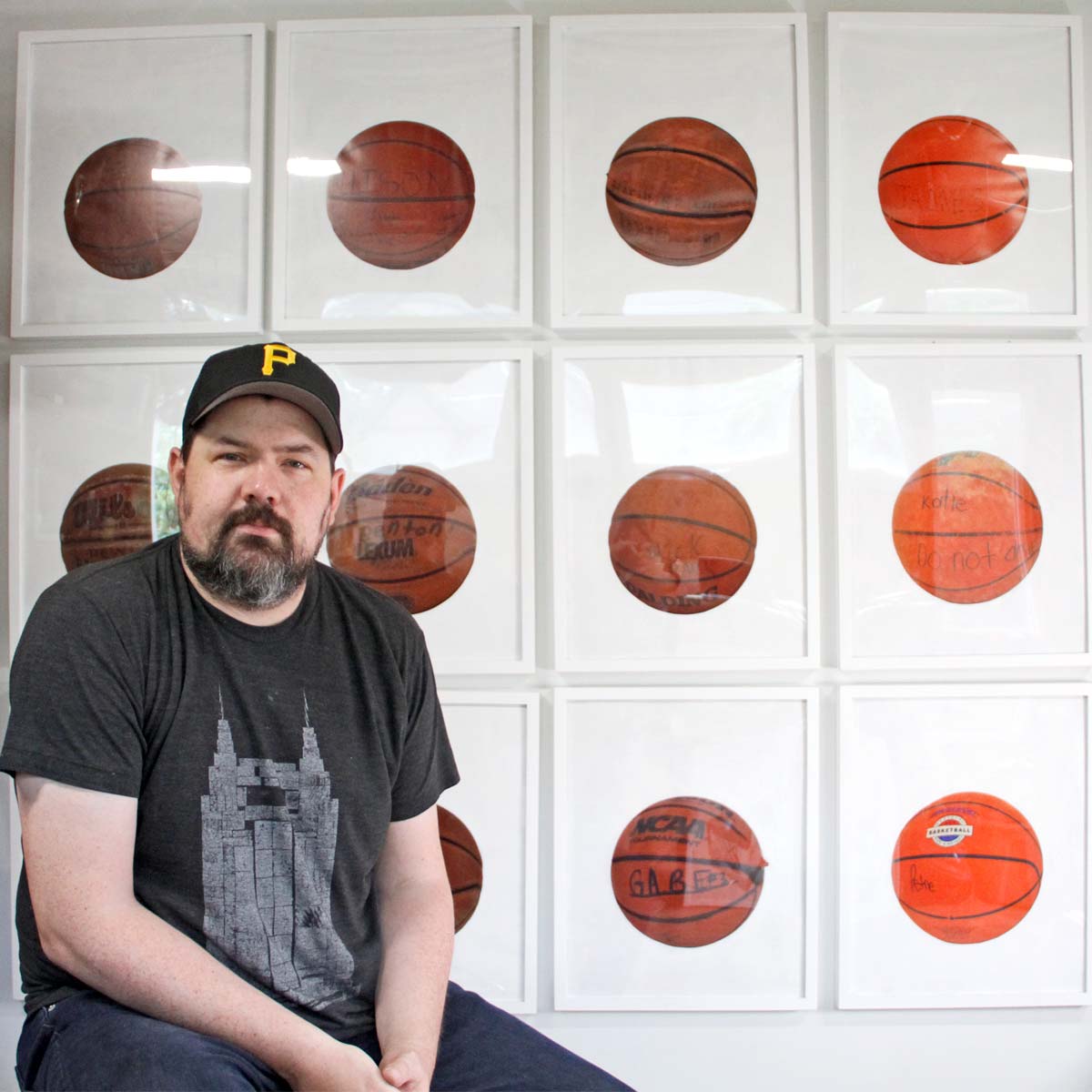
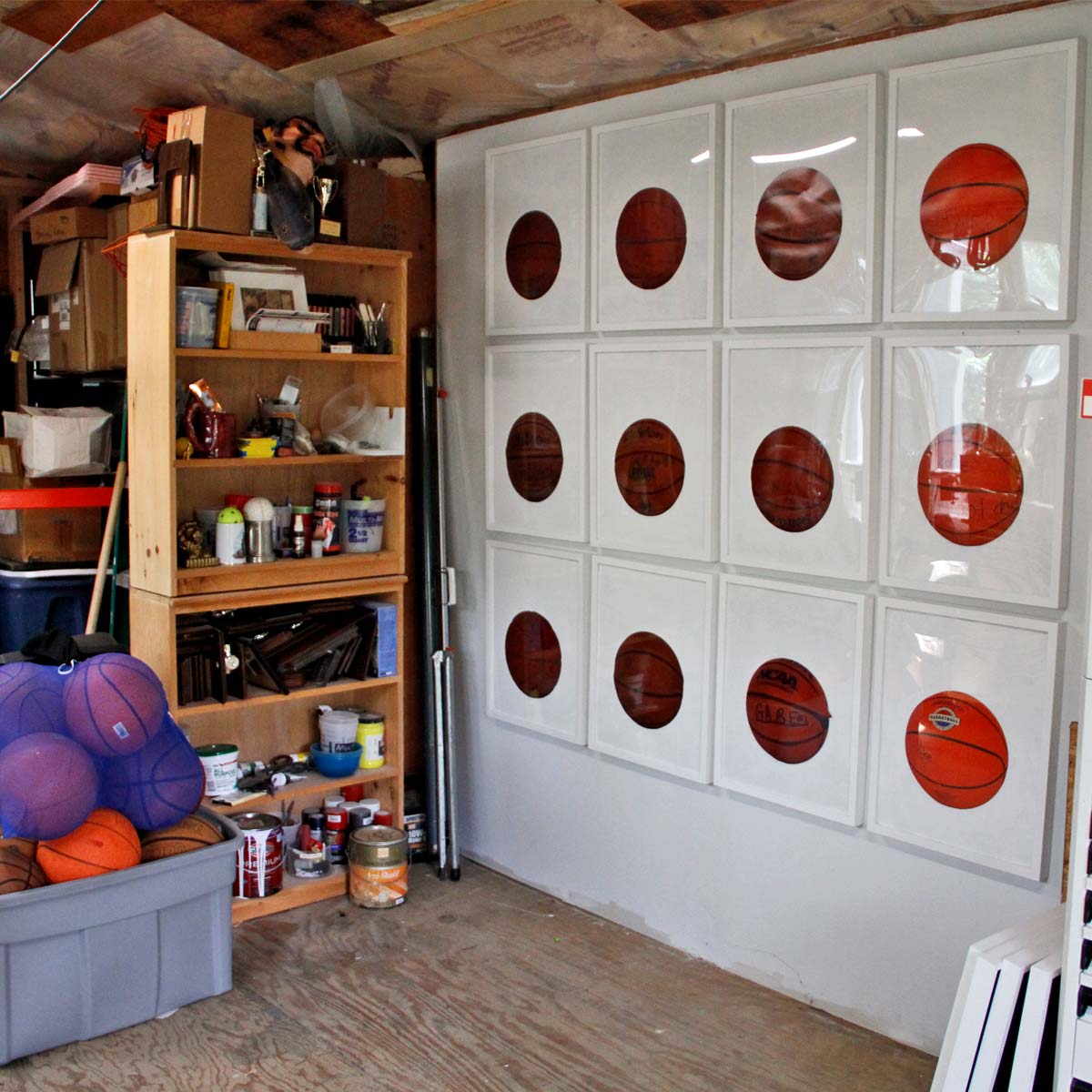


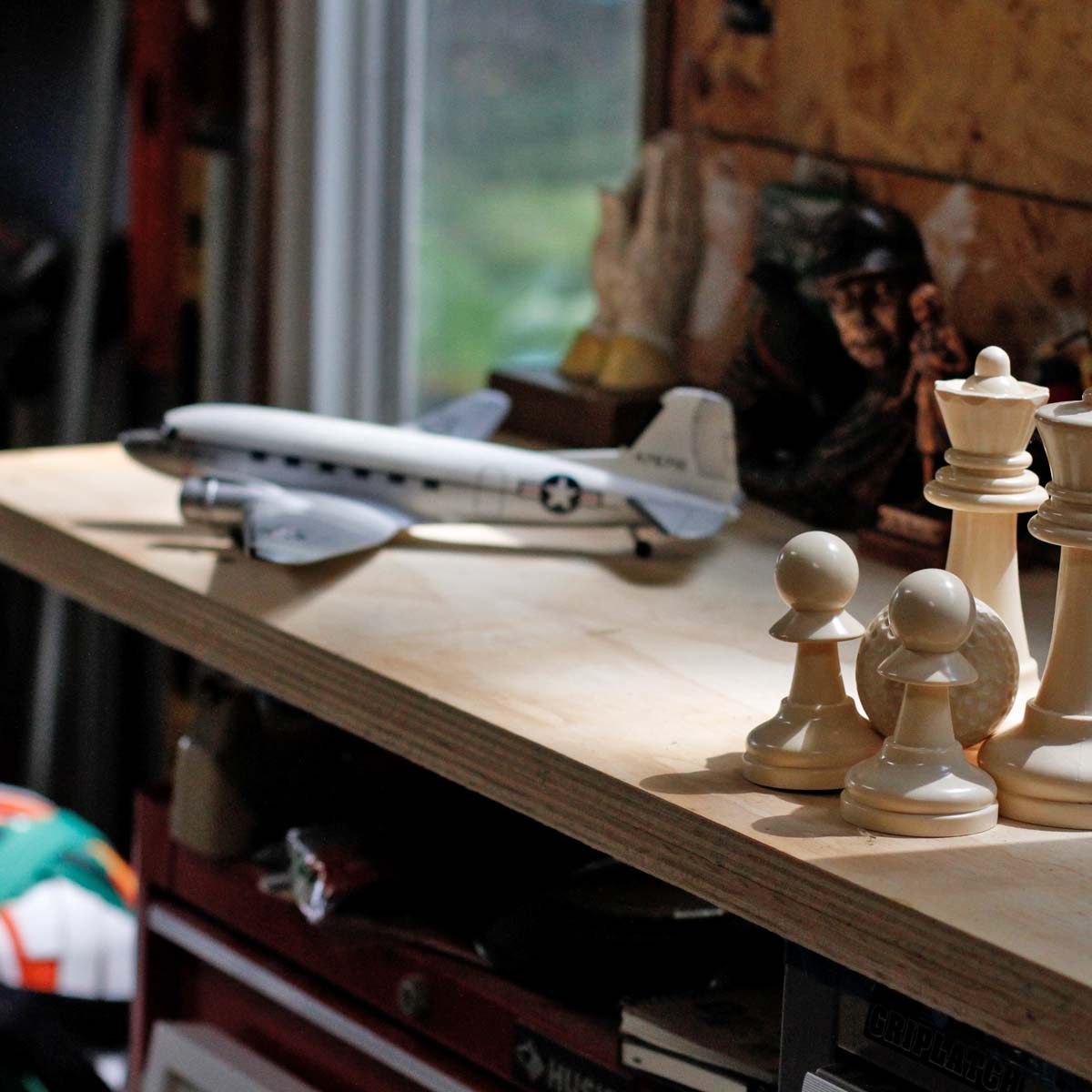
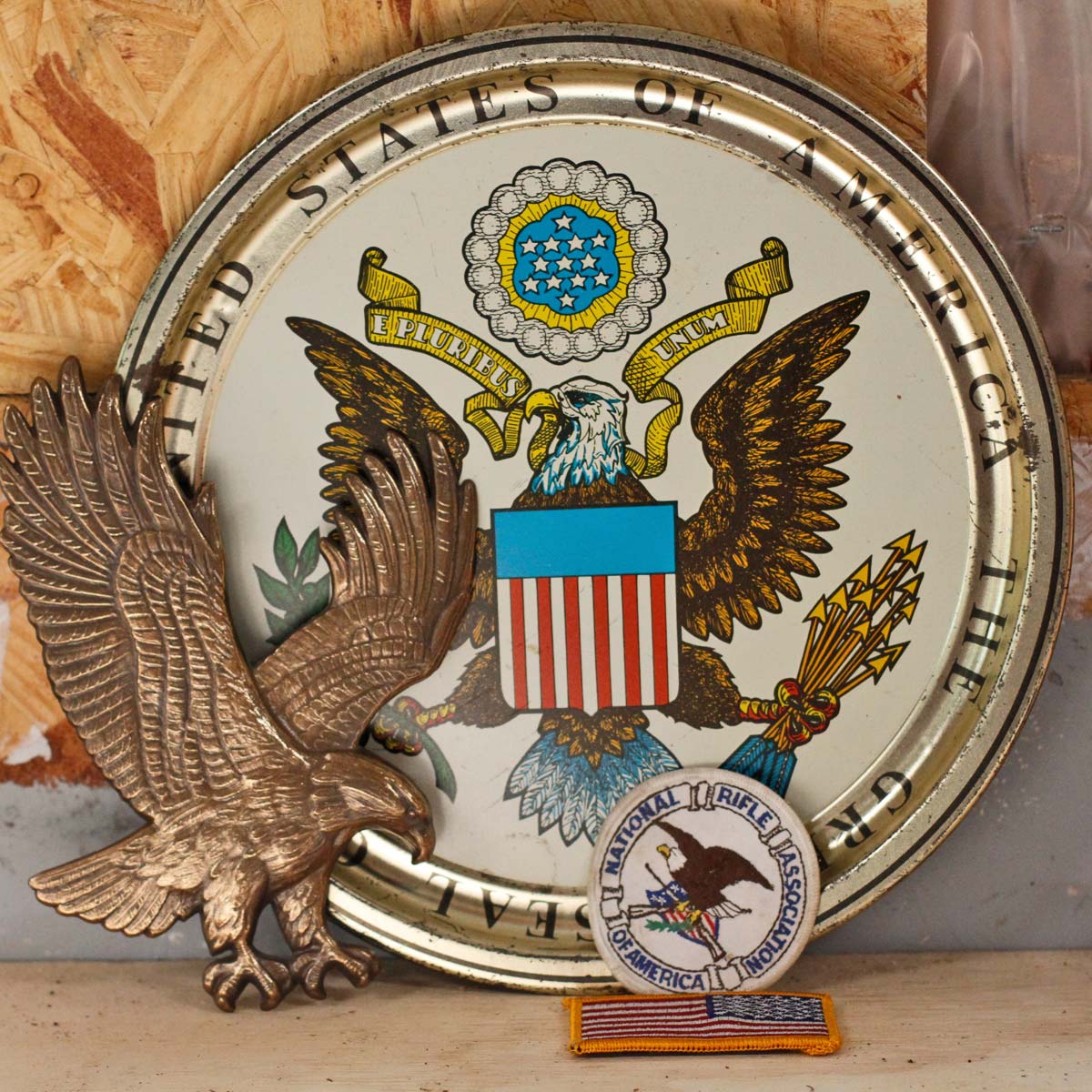
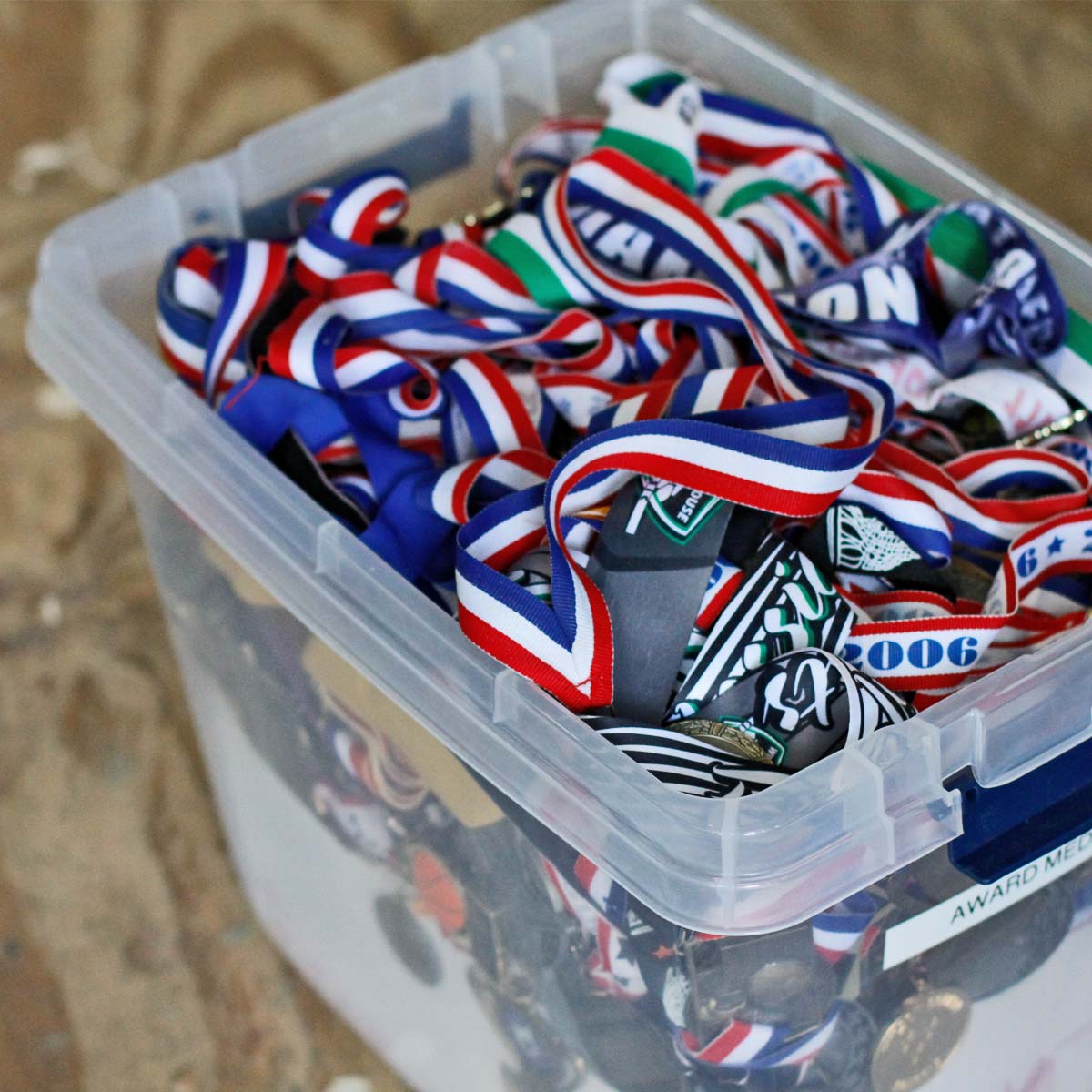
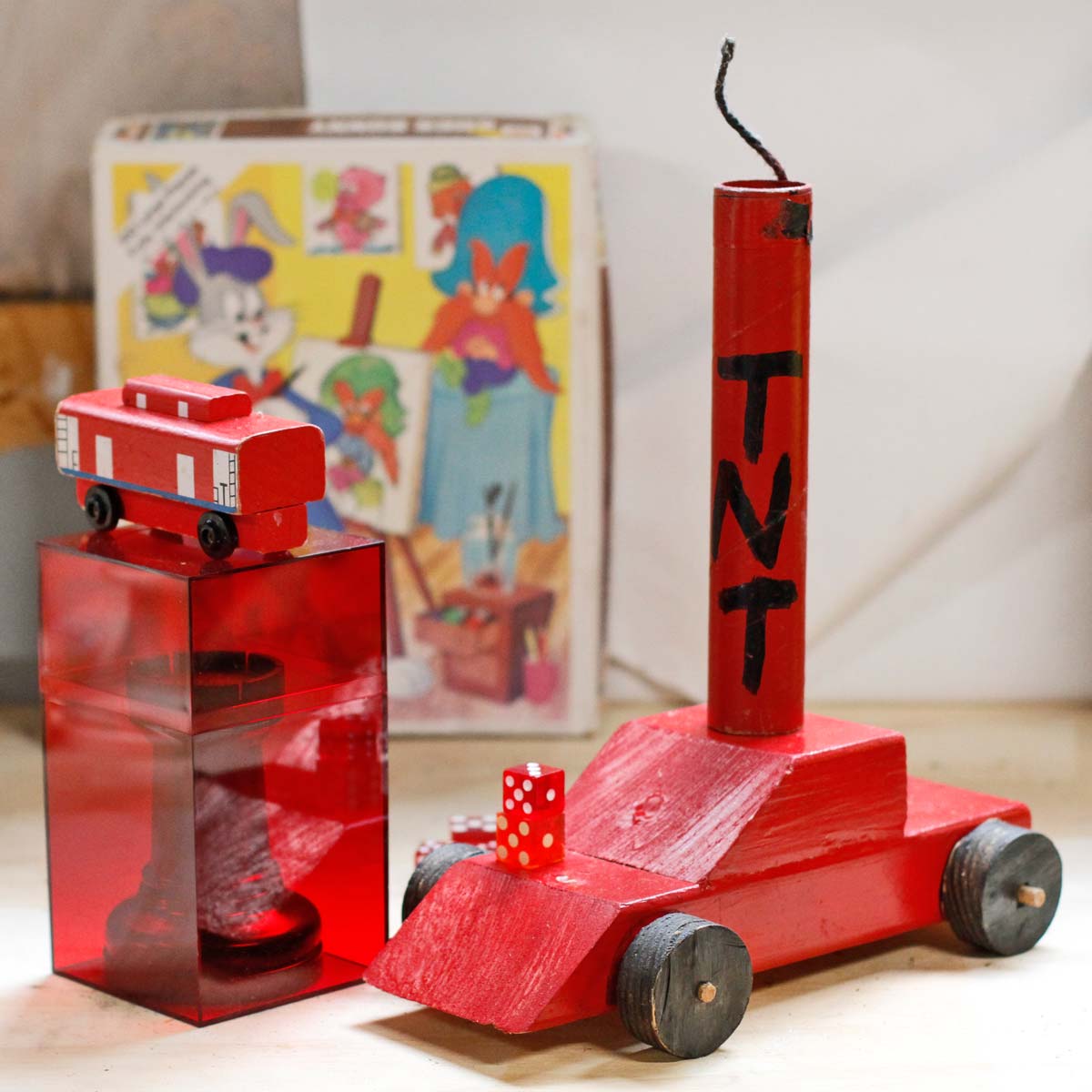
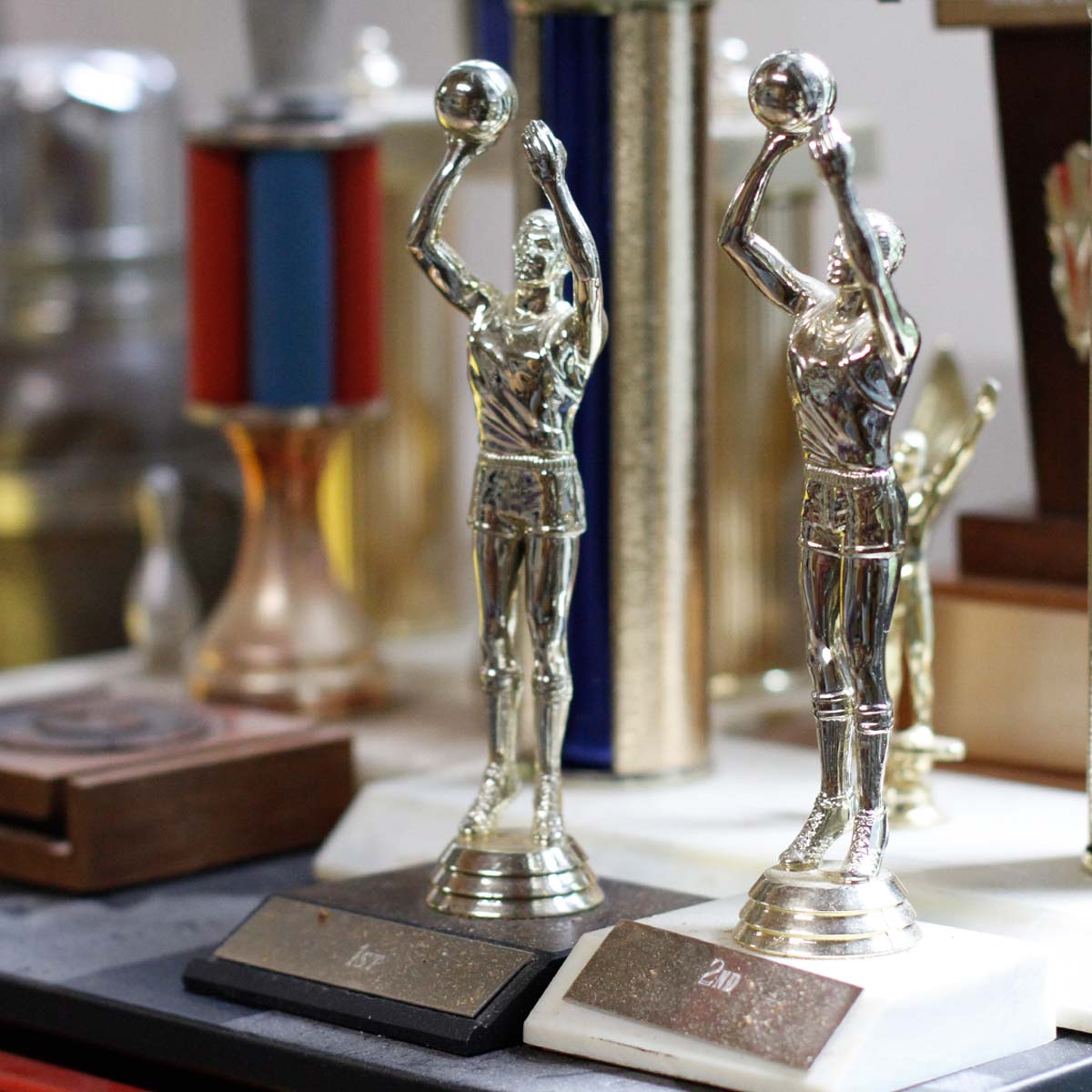
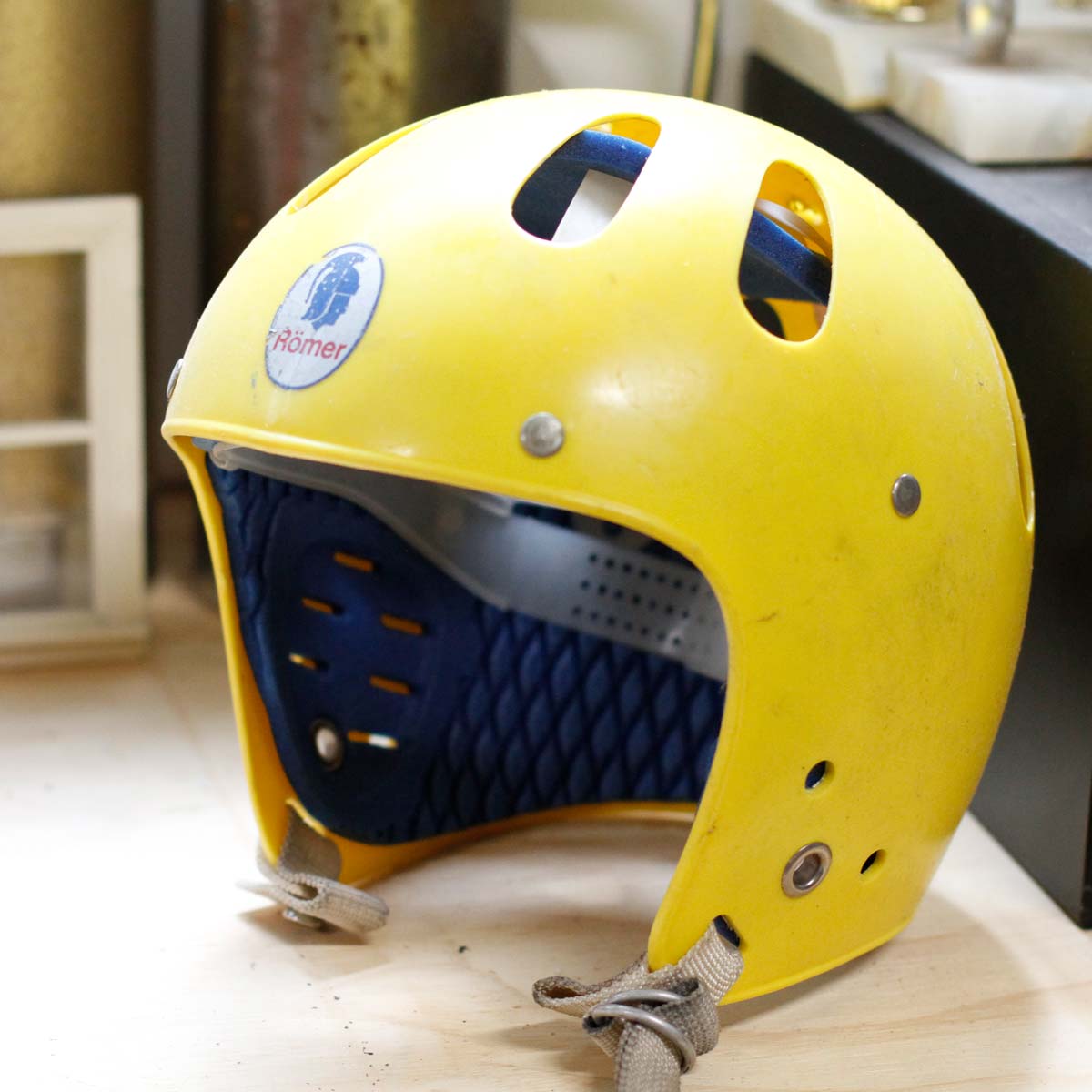

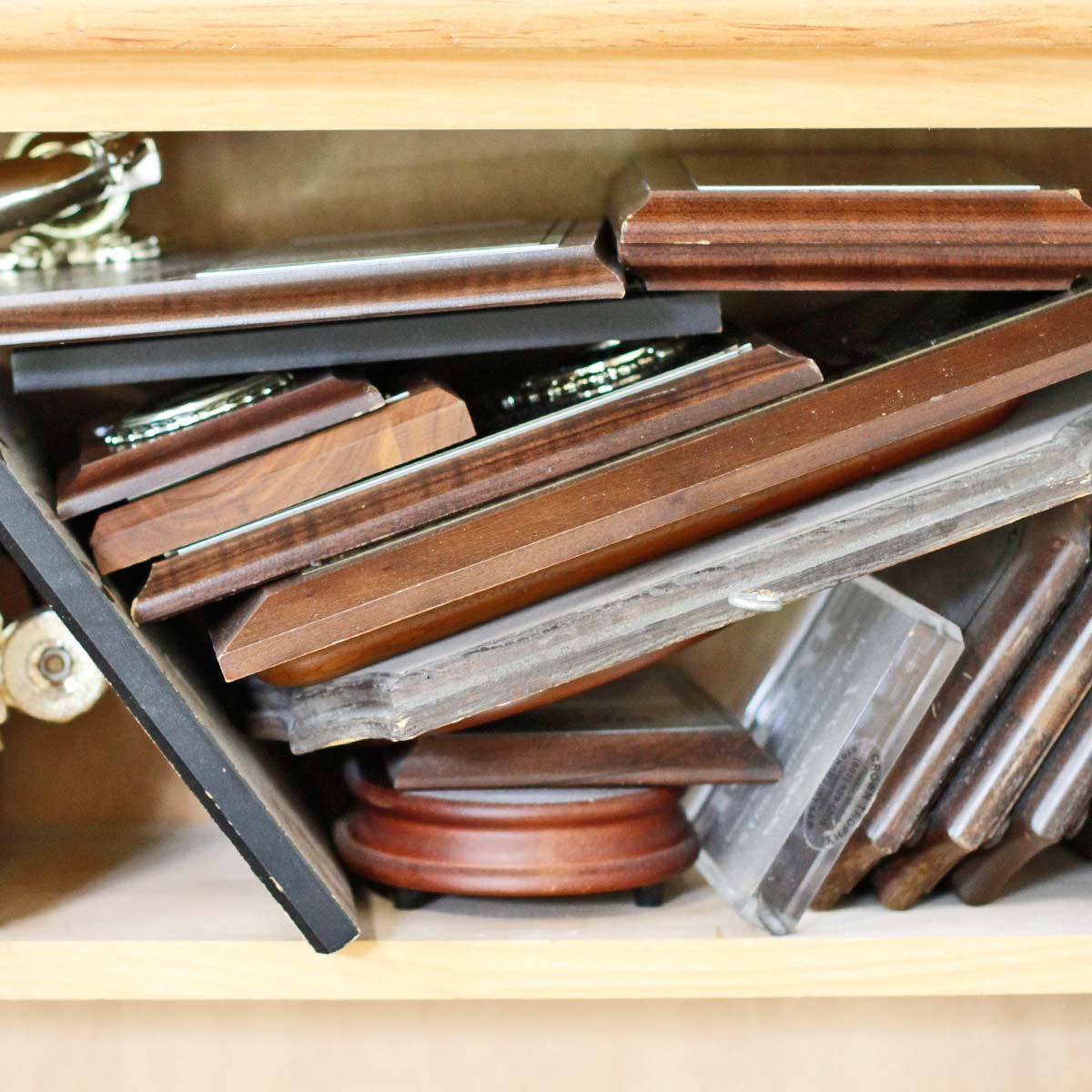
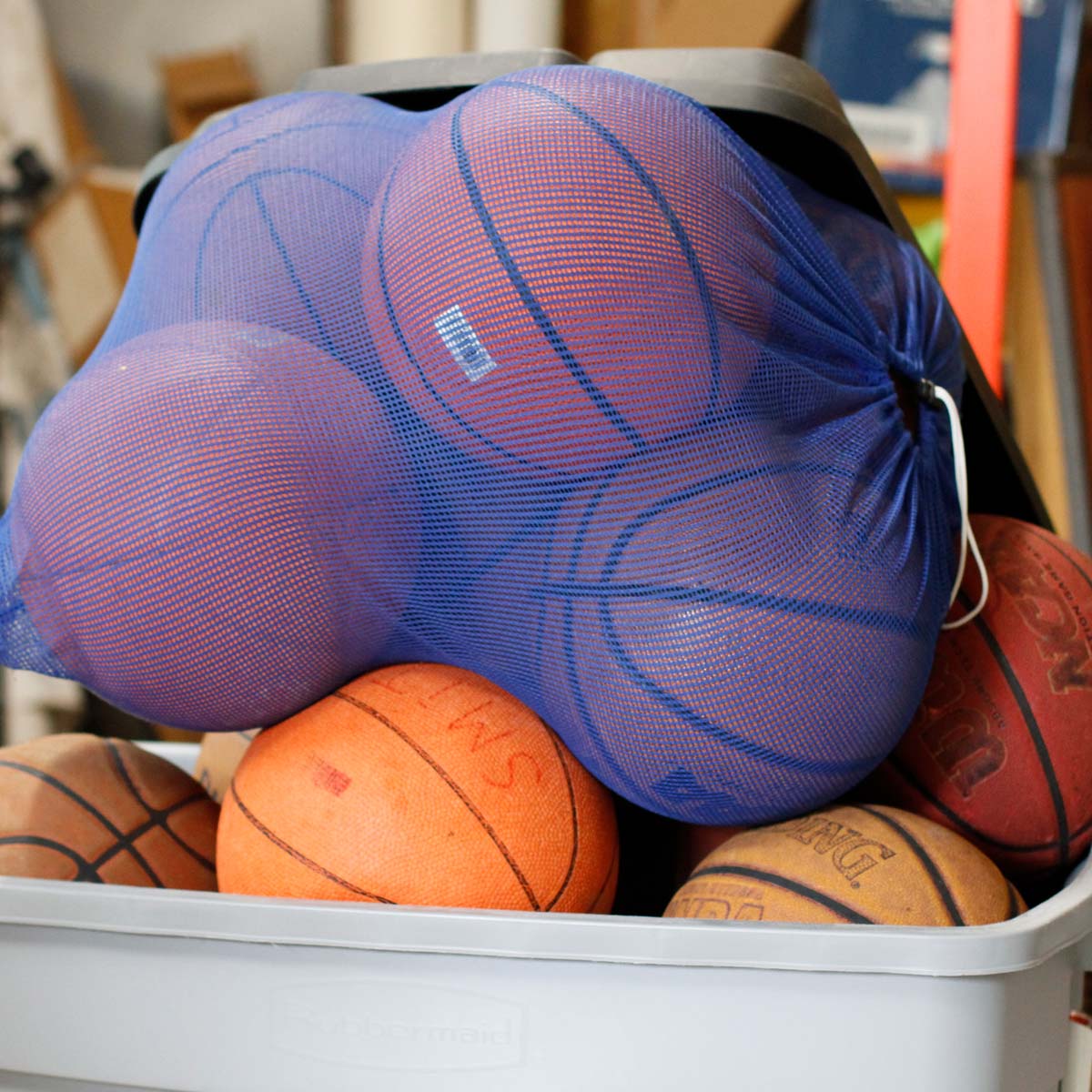
Rachael Black
Posted at 08:56h, 11 JulyGreat interview.